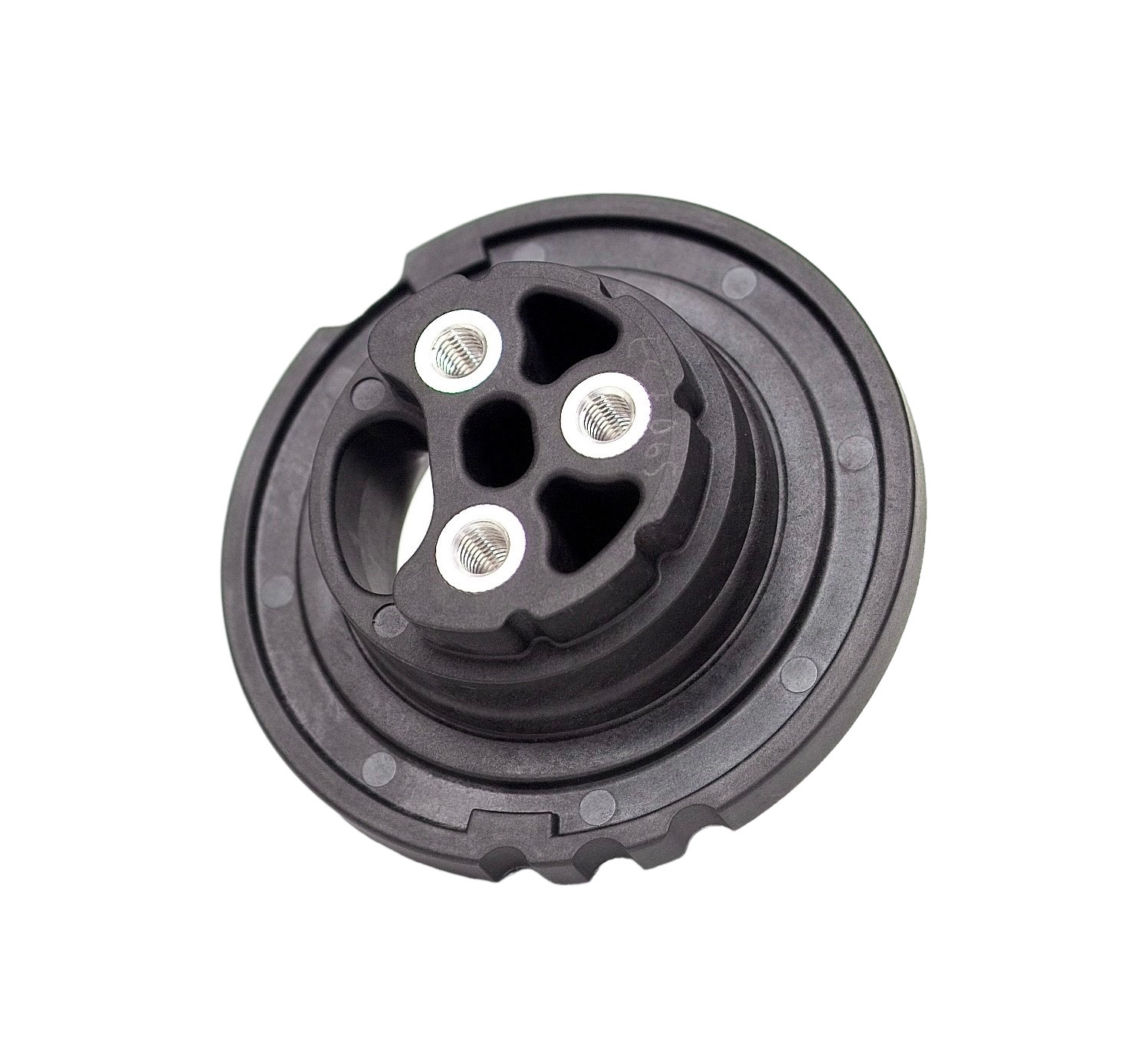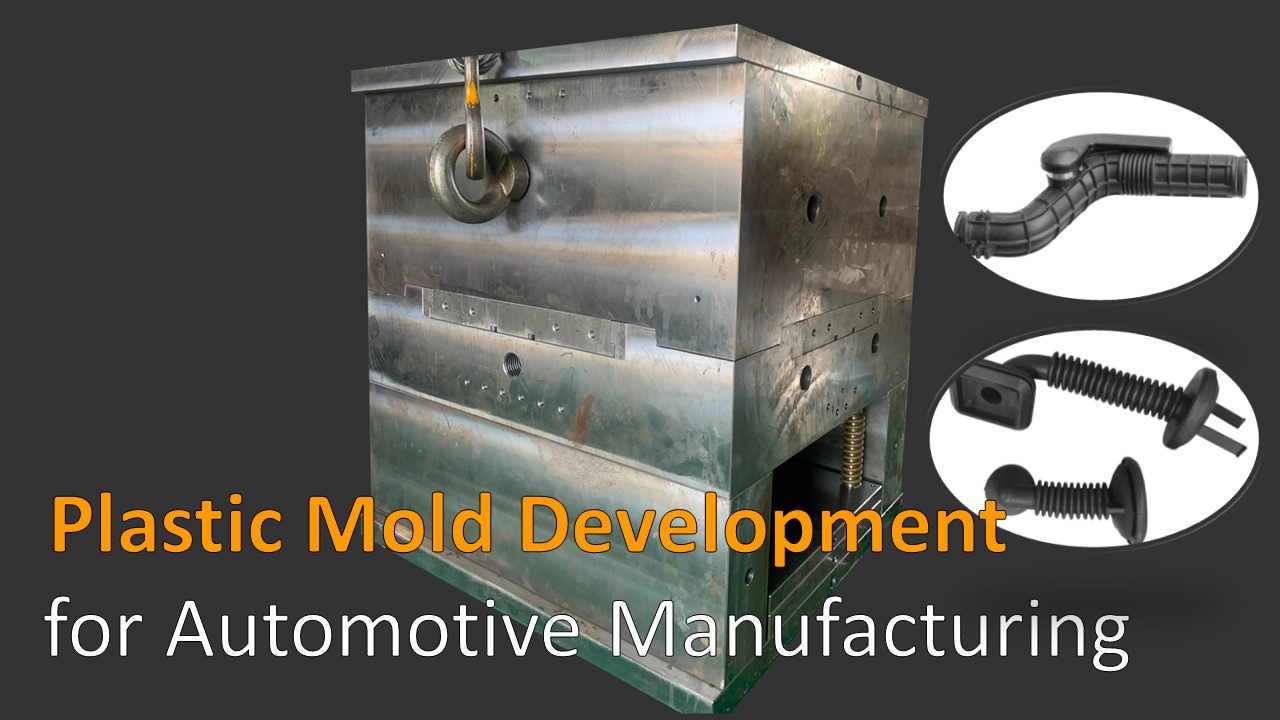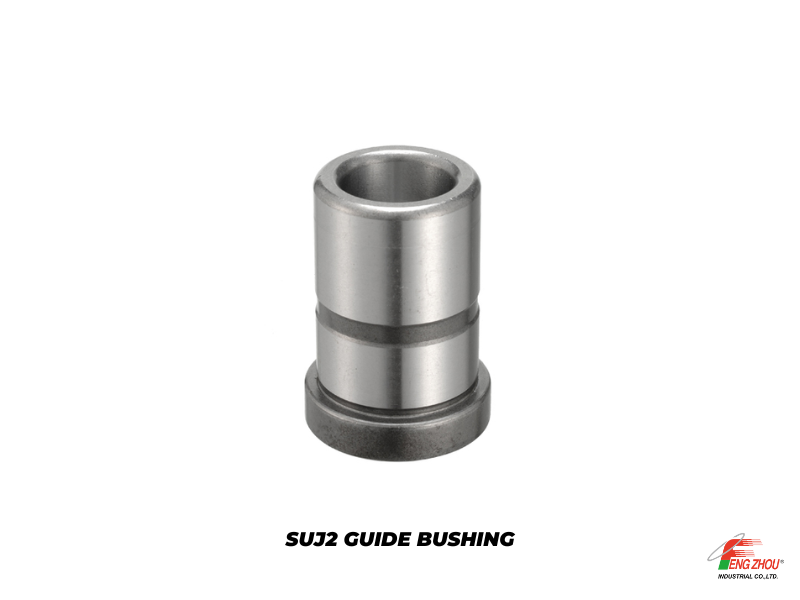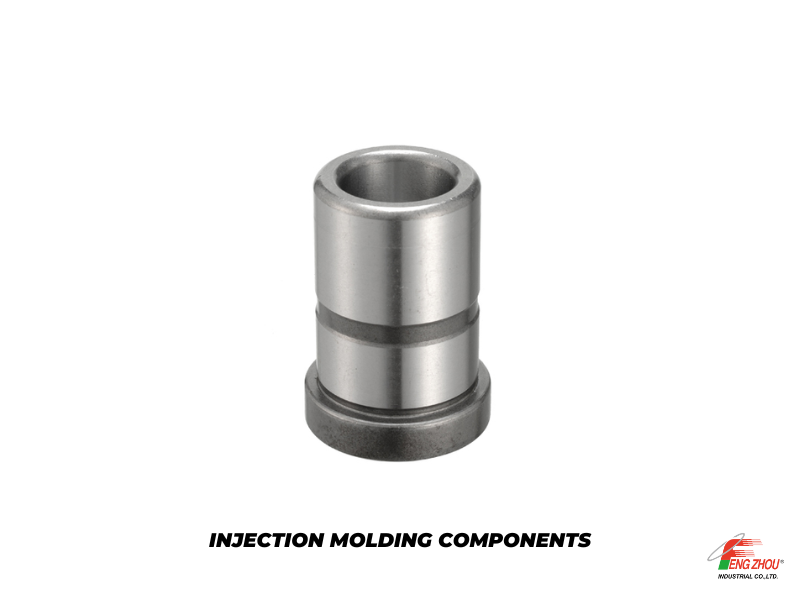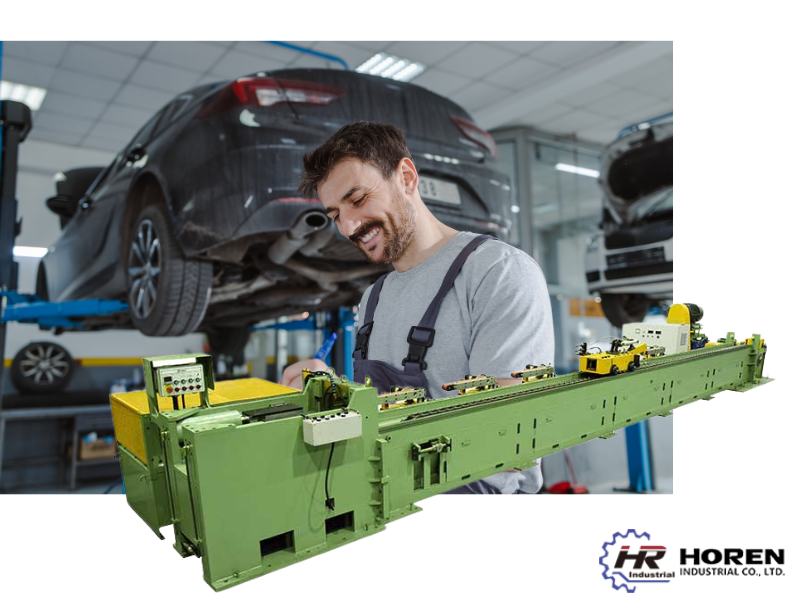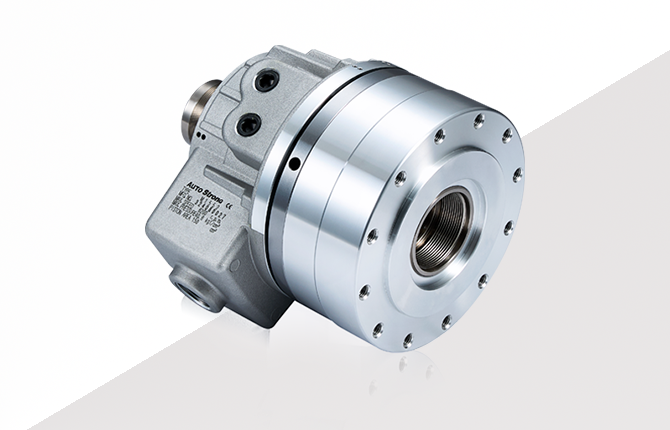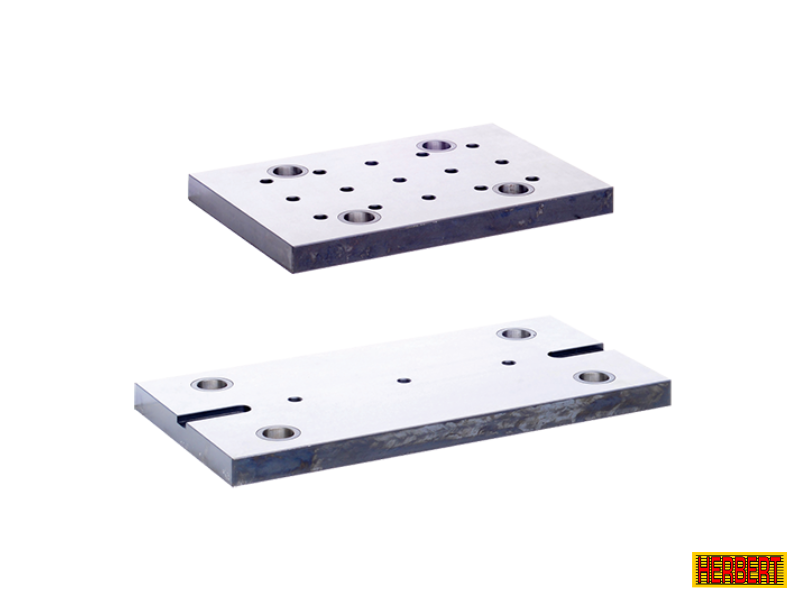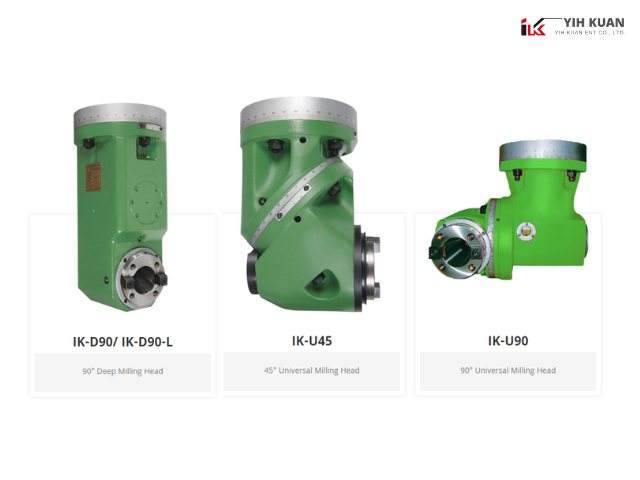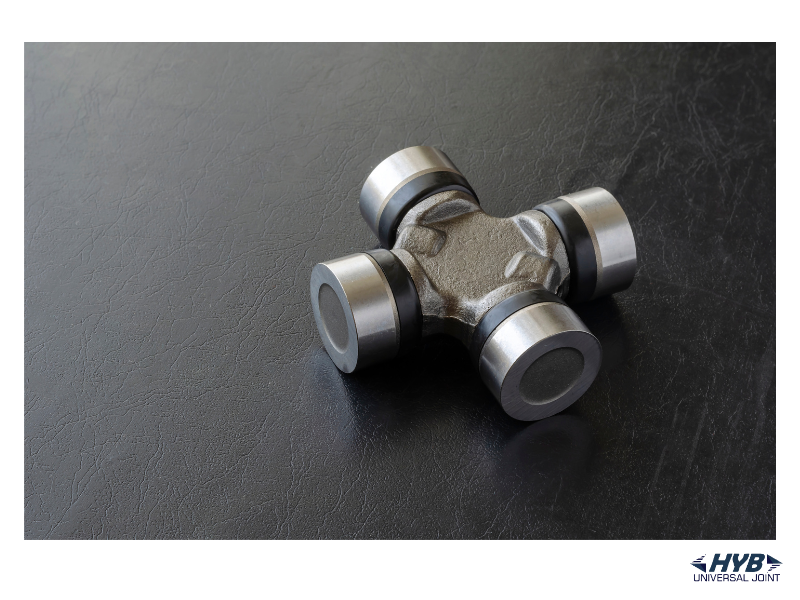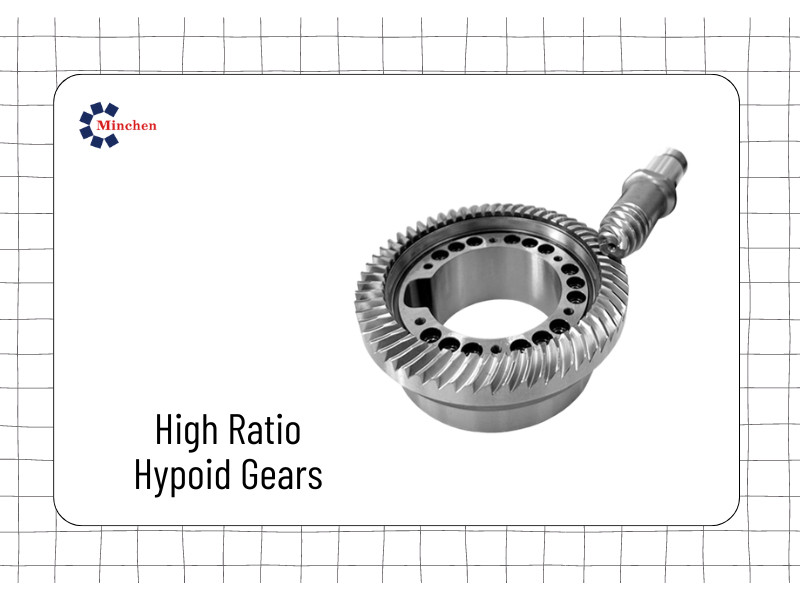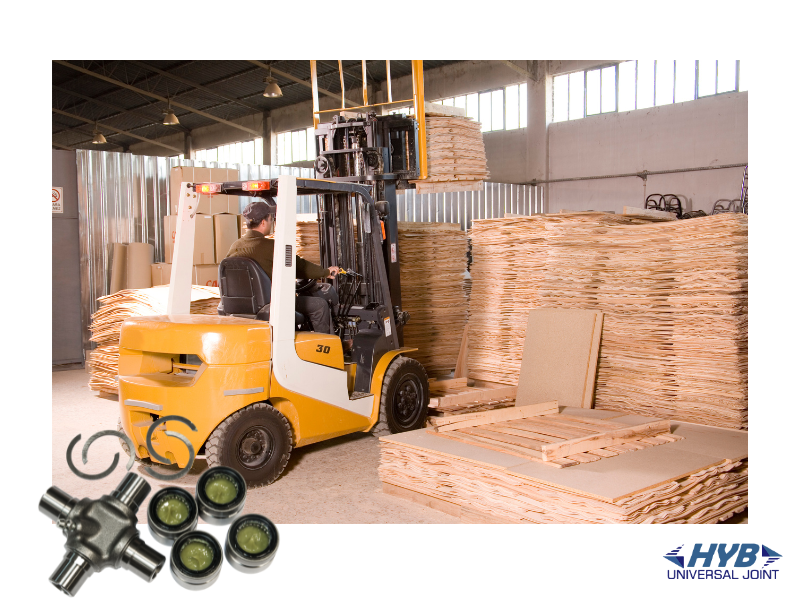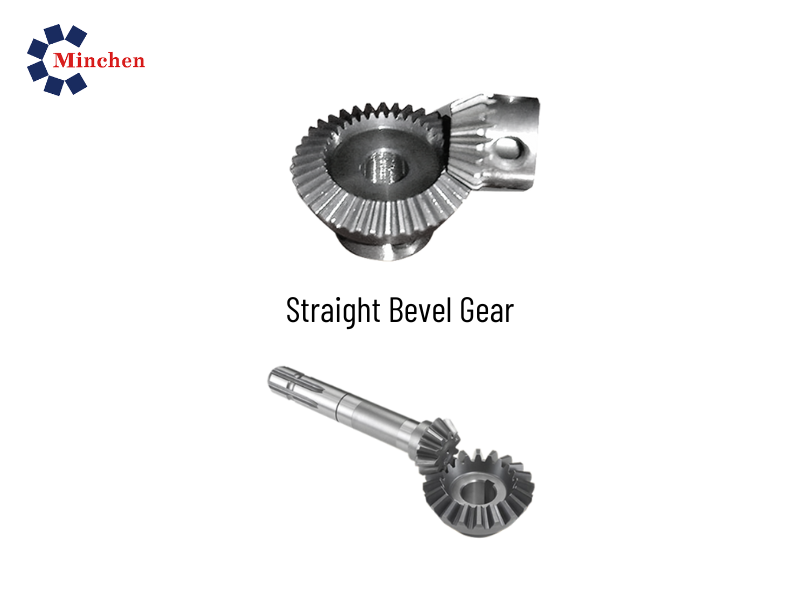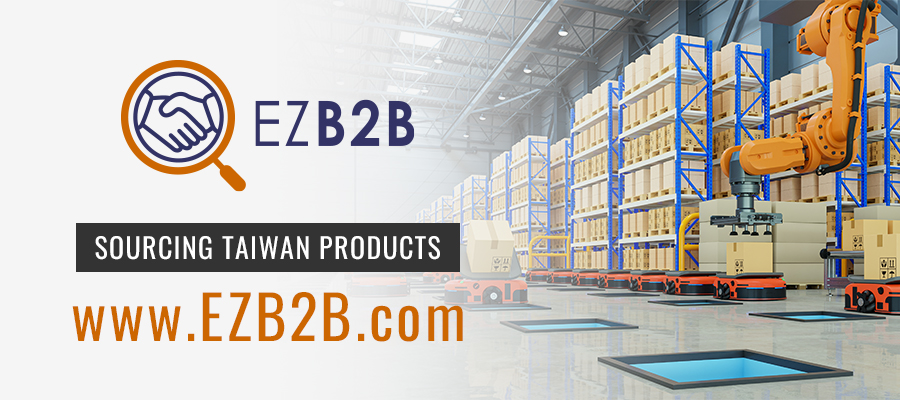Selecting Aluminum Dies Casting Alloys: Benefits and Common Uses
2021-12-27Machinery
Aluminum dies casting alloys have an excellent ability to withstand complicated 3D shapes and thin walls. In addition, they're lightweight, which makes them perfect for parts with delicate geometries like Grecian Key handles on a coffee cup or handlebars of a bike.
This material's high thermal conductivity also allows it to be used in end-use products where there may otherwise not be enough space between components if other more dense metals were chosen instead. You'll find many examples as well from common household appliances - microwaves use aluminum because they need their metal housing shielded against electromagnetic waves while still giving off enough energy resonance inside.
Cold chamber equipment is required because the aluminum dies casting technique preserves its durability even at high temperatures. During this process, the molten metal is still held in an empty holding pot, then inserted into a furnace and heated to the required temperature.
Because of the high temperatures, the empty holding pot is maintained separate from the die casting machine, and the molten metal is ladled from the pot for each casting. It is done to prevent the regular pumping system from being damaged. Generally speaking, the pressure requirements for cold chamber die castings are more significant than those for hot chamber die castings.
- A metal-part manufacturing method generates metal pieces precisely defined, smooth, or textured on the surface.
- High-pressure systems are used to force molten metals into a mold shape, which results in a finished product.
- Corrosion-resistant materials
- Exceptionally conductive
- Have an excellent stiffness and strength-to-weight ratio, and be light in weight.
- Based on the concept of quick manufacturing
- Allows for the production of large quantities of die casting pieces in a short period.
Is it more cost-effective to use this procedure rather than competing casting processes?
The Aluminum Structure Is the Process of Die Casting
Casting is accomplished by using a steel mold capable of creating tens of thousands of castings in a short period. To allow for the removal of castings, the die must be constructed in at least two parts. The die casting cycle starts with the two die halves clamped securely together by the die casting press at the start of the casting cycle.
Aluminum molten is fed into the die cavity, where it hardens quickly. They are secured in a machine and are organized such that one is fixed and the other is movable, with one segment being motionless and the other being moving. It is necessary to drag the die halves apart to expel the cast.
Complex or straightforward die casting dies may be used, with or without moving slides, cores, or other components, depending on how complex the casting is to be made. To accomplish locking, the majority of machines rely on mechanisms that are operated by hydraulic pistons. In contrast, others use hydraulic pressure that acts directly on the system. Regardless of their size, die casting machines, whether big or tiny, are essentially similar in that they employ the exact mechanism to pump molten metal into the die cavity.
In What Ways Does Aluminum Die Casting Benefit The Company?
The fact that aluminum is the most widely cast non-ferrous metal globally is due to several different factors. Because aluminum is a lightweight metal, the most common use of aluminum die casting is to produce very low in weight components without losing strength and durability. Aside from having more excellent surface finishing possibilities, aluminum die-cast components can endure higher operating temperatures than parts made of other non-ferrous metals.
Alloy die-cast components offer excellent stiffness and strength-to-weight ratios, and they are corrosion resistant and very conductive. The aluminum dies casting technique is based on fast production, enabling many pass casting components to be produced in a shorter time and at a lower cost than other casting processes. For purchasers all around the globe, aluminum die casting has emerged as their preferred alternative. Aluminum Die Castings have several characteristics and advantages, which are as follows.
- Durable and lightweight
- An excellent strength-to-weight ratio is essential.
- Excellent Corrosion Resistance
- Electricity is very well conducted in this material.
- Produced entirely from recycled and repurposed materials
Latest Developments in the Die Casting Fabrication
In the early 1800s, when die casting machinery was first utilized in the printing industry, the history of die casting started to take shape. When developing a mobile product, this technical innovation was advantageous. Sturges was awarded a patent for creating the first tiny hand-operated machine explicitly designed for casting printing type in 1849.
A range of fundamental to complicated forms was created using these one-of-a-kind Die Castings. Each was intended to have a high degree of precision, inventiveness, and a continuous process to add value to the goods. Otto Mergenthaler invented the linotype machine in the late years of 1855, and it quickly became a trendy and efficient piece of equipment for use in the printing business.
Historical Perspective of the Die Casting Industry
Due to the increase in production in many sectors throughout the early nineteenth century, there was a significant increase in the need for commercial die casting. In response to this shift, the Die Casting Industry grew into many other industries and became involved in a wide range of activities. Because of the more essential quality qualities gained by these goods throughout this age of invention, Aluminum and Zinc Die Casting Production replaced the early metals of Tin and Lead.
As a consequence of improved surface finishing and more efficient production factors, the original technique of low-pressure injection dies casting has been replaced by the high-pressure casting method. The die casting technique has been used to make all essential items throughout history, and it has been designed to save businesses significant amounts of money throughout the manufacturing process.
Consumers may rely on reliable outcomes, long lifespans, and reliably completed castings for their commercial and industrial demands, depending on the need for each product. According to Grand View Research, the Die Casting Industry is the most prominent process sector in the market, accounting for 49.7 percent of worldwide shares in the 2016 fiscal year. According to the firm, it is due to the cheap cost of production and consistency of the industry.

